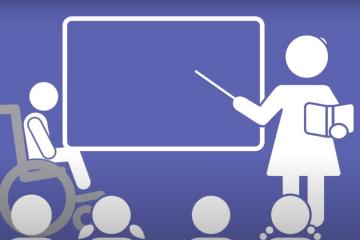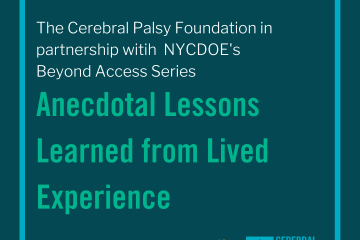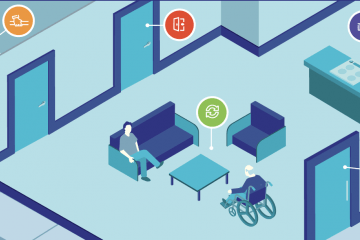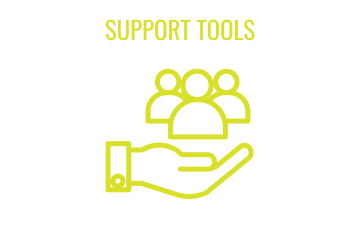Setting Goals in the Classroom
When you're looking at setting goals for kids with complex communication needs, don't forget about setting goals that are about them interacting in the classroom. It's not just about punching buttons. It's not just about saying vocabulary words. It's about talking with people and showing who you are. Some specific goals that you can look at are in four areas. Educational goals, social goals, inclusion goals, and goals and independence.
-
In an educational goal, it isn't just about do they know the answer to a question. You need to make sure that there are plans for someone to support a student while they're learning for these things to be done.
Can they participate in a discussion? Do they know how to ask a question? It might be that they need a buddy approach, having a good partner beside them. It may be that there's an adult that's doing some partner assisted scanning with their system.
-
In social areas, what are the kinds of messages that help you influence those groups? When you're in a large group, when you're in a small group, when you're in a paired group and when you're in one-on-one, those are the kinds of communication situations that we're looking at in social situations.
-
When you look at your goals for inclusion, it's about where you are and who you're talking to. You can't just keep talking to the same familiar partners all the time. Whether you're using your natural voice, your electronic voice, your voice sets on your communication board, you need to be talking to unfamiliar partners. Get out within your school community, get out within the neighborhood. Get to talking to people that aren't familiar with your style of communication.
-
The fourth area is about independence. We look at not just how quickly or how fast the message is said, but how effective it was. Did the listener get the intent of what it was that somebody had to say.
"When you're looking at setting goals for kids with complex communication needs, don't forget about setting goals that are about them interacting in the classroom."







